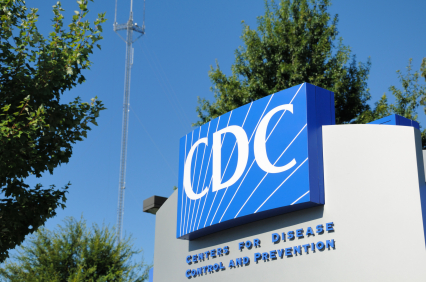 |
While it’s tough to get past the news of Prince Harry’s billiards party in Las Vegas, a much more serious story has gained steam in the media in the last several days: the West Nile virus outbreak in the U.S. ABC News reports that the virus is on track to be the worst in history. So far at least 41 people have died, but the Centers for Disease Control and Prevention expects that number to increase dramatically.
Although communicators at the CDC in Atlanta are trained to respond to disasters of the medical kind like the West Nile virus, there are overall lessons to be learned from their expertise. PR News asked Llelwyn Grant of the news media branch at the CDC, and Lola Russell, CDC's senior press officer who’s managing the West Nile communications, to share some crisis PR lessons around the outbreak—advice that any PR pro can appreciate.
Lesson 1: Preparation results in optimal collaboration. The CDC has many partners and stakeholders, including critical relationships with subject matter experts and with state and local health departments. Preparation is the key to ensuring that messages are coordinated across all stakeholders, says Grant.
Lesson 2. Explain the situation in plain language. Scientists are the main spokespeople in explaining the West Nile virus to the public. Thus, the CDC communications team helps these scientists with their messaging, adding “the people element,” says Russell. One message that resonates: West Nile comes in two forms—one form in which you have the virus and will experience symptoms; the other form in which you have the virus but won’t get the disease. Sit-downs with spokespeople before press briefings result in consistency and no message overlap, adds Grant.
Lesson 3: Use the level of media interest to gauge media strategy and tactics. For some CDC crises, this could mean a Web site newsroom update. This is not the case for West Nile virus. “Because of the level of media interest, we thought it best to move forward with tele-briefings,” says Grant. One on Wednesday, August 22, attracted 71 journalists (read the transcript).
Lesson 4: Be aware of message frequency. The West Nile story is continually evolving. As the CDC’s investigation of the virus continues, “we’re constantly evaluating how often messages are being presented and their content, and filling in the gaps,” says Grant.
Lesson 5: Give your target audience things they can do to protect themselves. The CDC looks at the media as a conduit to help translate the science into actions the public can take, says Grant. Thus, among other preventative measures, the CDC is recommending long shirt-sleeves and long pants; certain types of repellents; and avoiding the outdoors during dusk and dawn.
In summation, the West Nile messaging has three main fronts: “Telling the public what we know, what we don’t know and what people can do to prevent getting the virus,” says Russell.
Follow Scott Van Camp: @svancamp01
